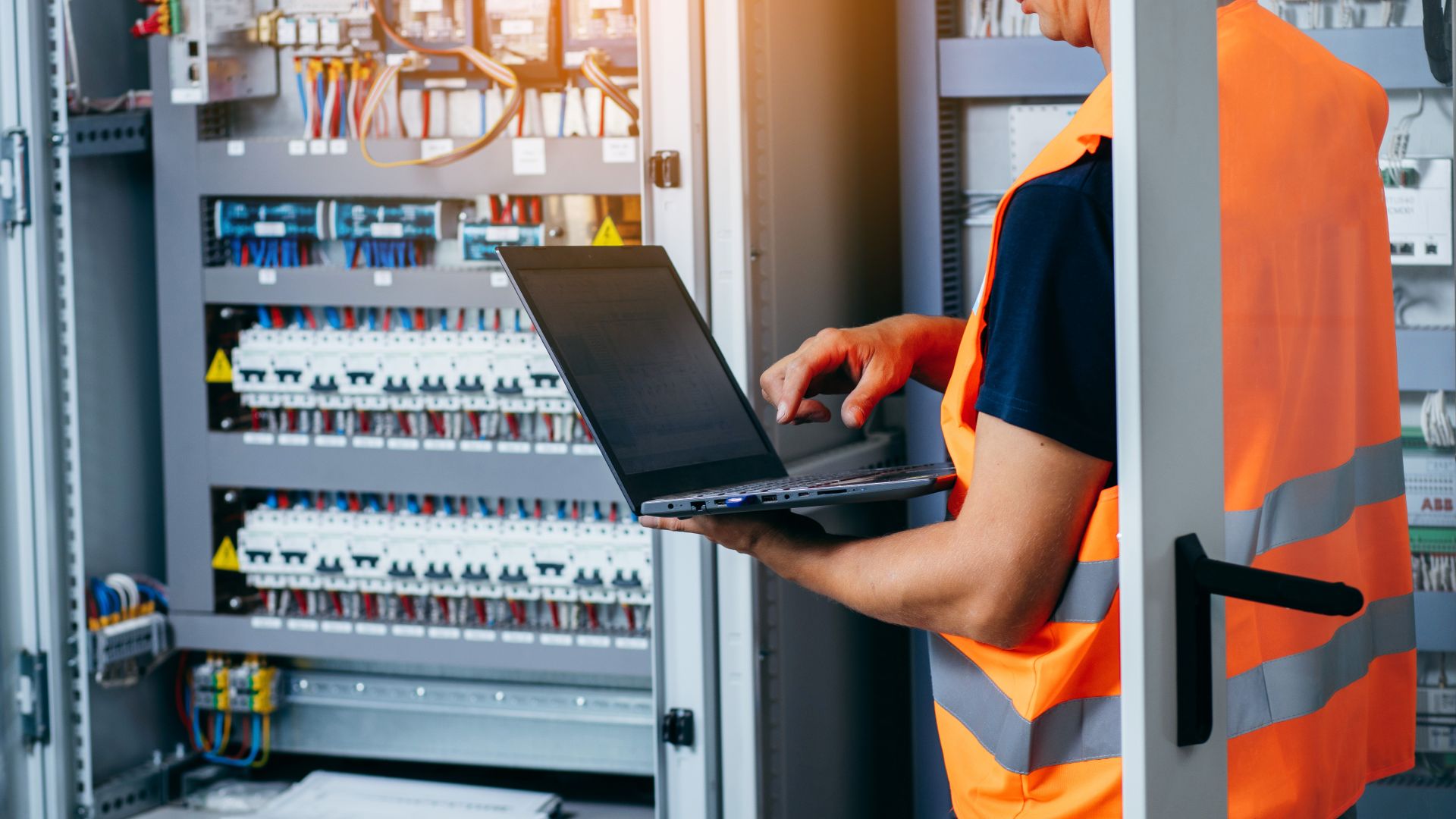The Basics of Troubleshooting Your Industrial Control Panel

Troubleshooting an industrial control panel is a critical skill that ensures operational efficiency and safety within manufacturing environments. Whether due to power issues, faulty components, or programming errors, effective troubleshooting can minimize downtime and prevent costly disruptions.
Let's look at the basics of troubleshooting your industrial control panel and some best practices to help you quickly identify and resolve issues.
Understanding the System
Before jumping into troubleshooting, it's essential to have a good understanding of your industrial control panel system. This includes knowing the layout of the components, how they are connected, and their functions within the system. Having a comprehensive understanding of the system will make identifying potential problem areas much easier.
Performing Regular Maintenance
Regular maintenance is crucial in keeping your industrial control panel running smoothly and preventing unexpected issues. This maintenance includes conducting routine inspections, cleaning, and replacing worn or damaged parts as needed. By staying on top of maintenance tasks, you can catch potential problems early on before they escalate into larger issues.
Identifying Common Issues
Some common issues that may arise with industrial control panels include power outages, loose connections, and faulty components. By familiarizing yourself with these potential problems and their causes, you can quickly troubleshoot and resolve them when they occur.
Troubleshooting Steps
When troubleshooting your industrial control panel, it's essential to follow a systematic approach to identify the root cause of the issue. Here are some steps you can take:
- Check for power: The first step is to ensure that power is reaching your system. Start by checking the main power source and then move on to individual components if necessary.
- Inspect connections: Loose or faulty connections are a common culprit in industrial control panel issues. Inspect all connections and tighten or replace them as needed.
- Check for faulty components: If the power and connections are fine, the next step is to check each component individually for any signs of damage or malfunction. This check can include visual inspections and testing with diagnostic tools.
- Review programming: If all components are in working order, it may be necessary to review the system's programming for any errors that could be causing issues.
- Document changes: As you troubleshoot, make sure to document any changes made or findings discovered. This documentation will help with future troubleshooting and maintenance tasks.
By following these steps and staying organized during troubleshooting, you can quickly identify and resolve issues within your industrial control panel.
Effective troubleshooting of industrial control panels is essential for maintaining the reliability and efficiency of manufacturing operations. Whether you're looking to improve industrial control panel reliability or minimize downtime, having a thorough understanding of your system and following best practices for troubleshooting can make a big difference. Remember to perform regular maintenance, familiarize yourself with common issues, and follow a systematic approach to troubleshooting for the best results.







